The Ford Fiesta has spent almost an entire lifecycle munching its way through this kind of test. For the better part of a decade now, it has seen off competitors with the remorseless authority of a wheeled Frankel (the racehorse, that is, not Andrew).
Indeed, the gap to the chasing pack has proved so resilient that it seemed plausible it might simply continue doing so until it was finally replaced.
Now, in a way, it has been. When Mazda came to remake the Mazda 2, the platform it tore up with the intention of improving was the one it co-developed with Ford when the manufacturers were joined at the hip – the same one that still underpins the Fiesta. This makes the new 2 doubly intriguing.
Not only is it a new and important car in its own right, but it also represents the direction in which one of the Fiesta’s original architects thinks the next generation of supermini ought to go.
The bearing it has chosen – away from a simple, nimble monopod and towards a scaled-down five-door C-segment hatch – is shared by the other major contender to have appeared in the past six months: the Skoda Fabia.
Unlike the 2, the Fabia has never been a bullet-shaped runaround in the Fiesta mould, and it’s telling that Skoda’s stated intention of attracting younger buyers has not turned it into one. Instead, both it and the 2 are built to fill out the modern-day B-segment, a class within touching distance of becoming a quarter of the industry’s entire new car market in Europe.
Read the 2015 Skoda Fabia review
Driven by a relentless wave of downsizers, the supermini has matured from a prospective second car into the only car some people could ever realistically envisage buying brand new.
The Fabia and 2 are the sophisticated, well-equipped, cost-effective and civilised solutions rolled out to meet the modest motoring aspirations of a generation.Aesthetically, the differences between them and the Fiesta are plentiful but converge specifically on the different relationship between the base of the A-pillars and the front axle.
Whereas the Ford’s A-pillars finish practically over the wheel arches, the new contenders put some space between them, affording them longer bonnets and less MPV-like profiles. Both are longer than the Fiesta, even if the Skoda’s wheelbase is marginally shorter (the car getting a significantly bigger boot). That they look larger is probably more important than the fact that neither manages to be prettier than the Ford, pound per yardage being a crucial equation in most buyers’ minds.

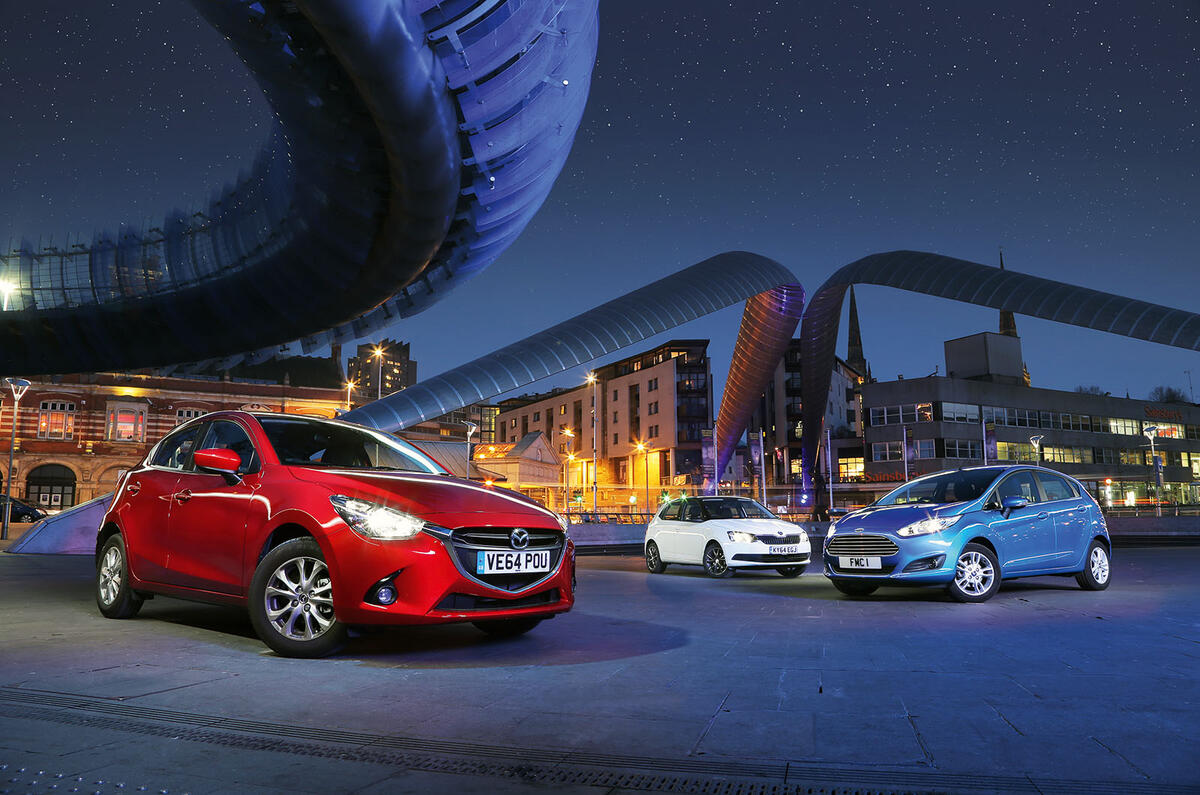
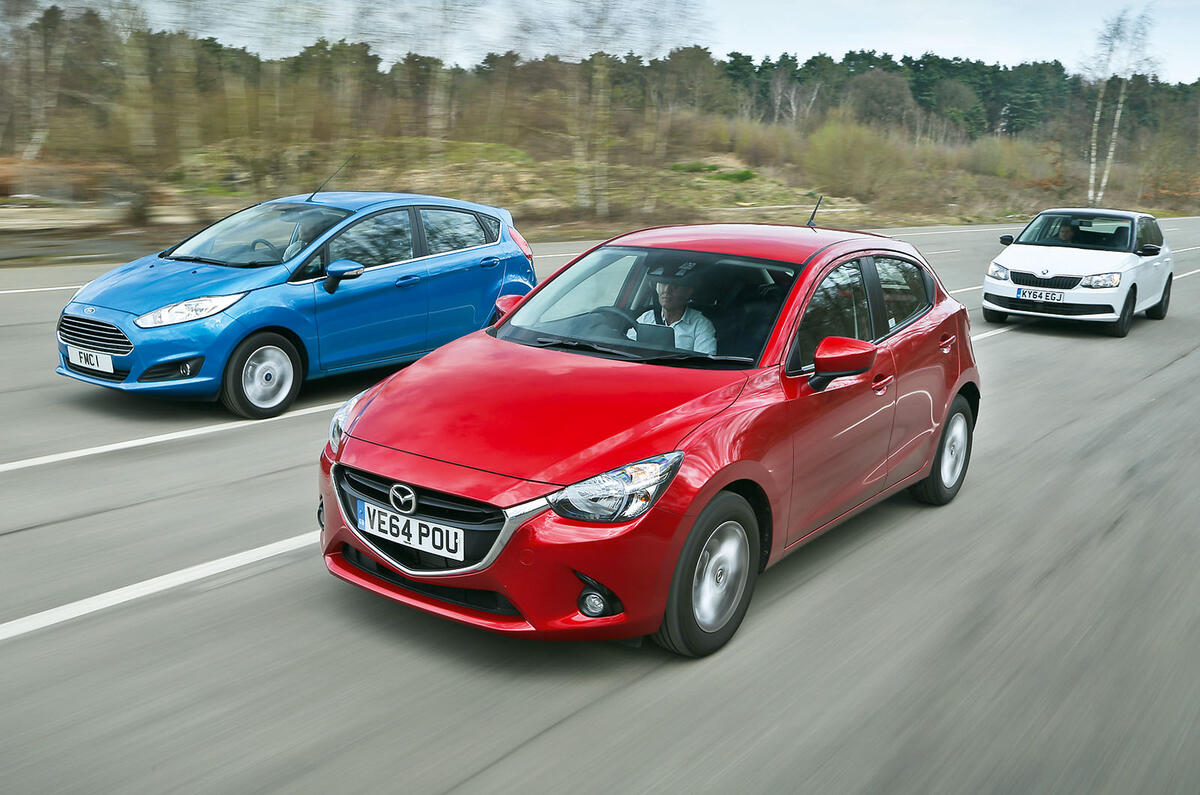
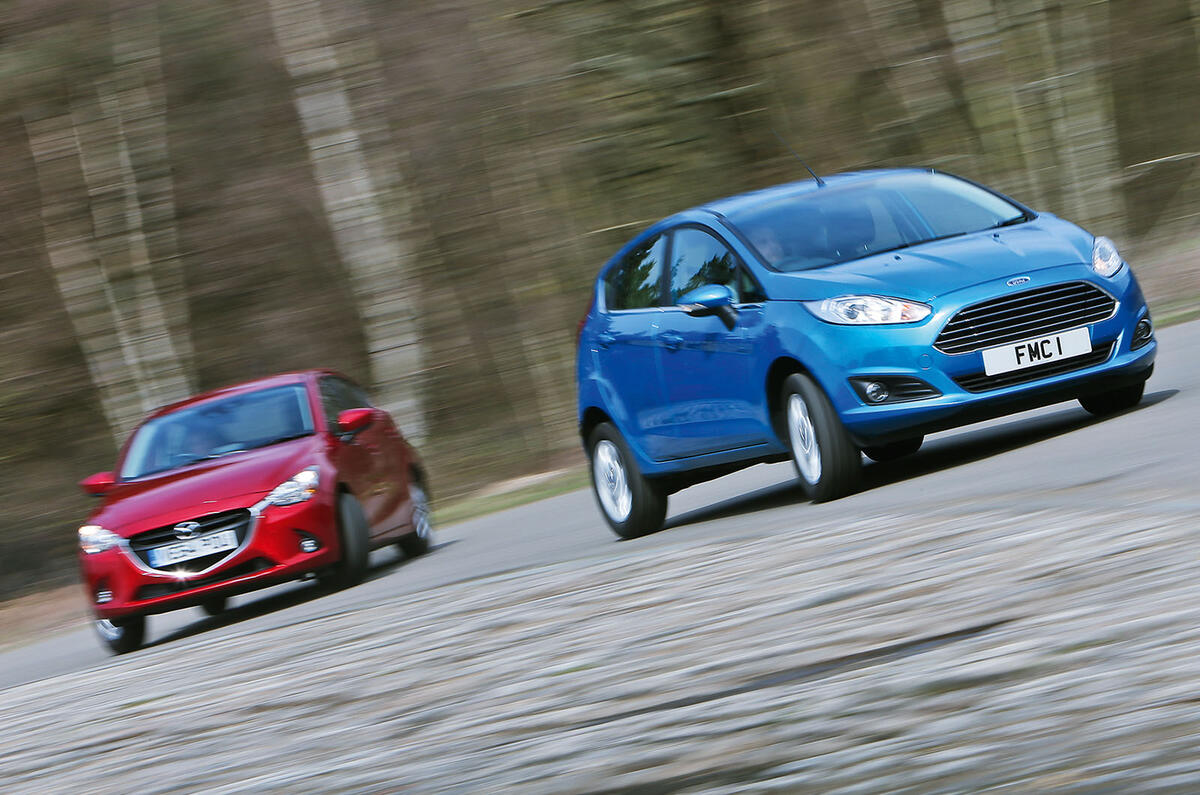
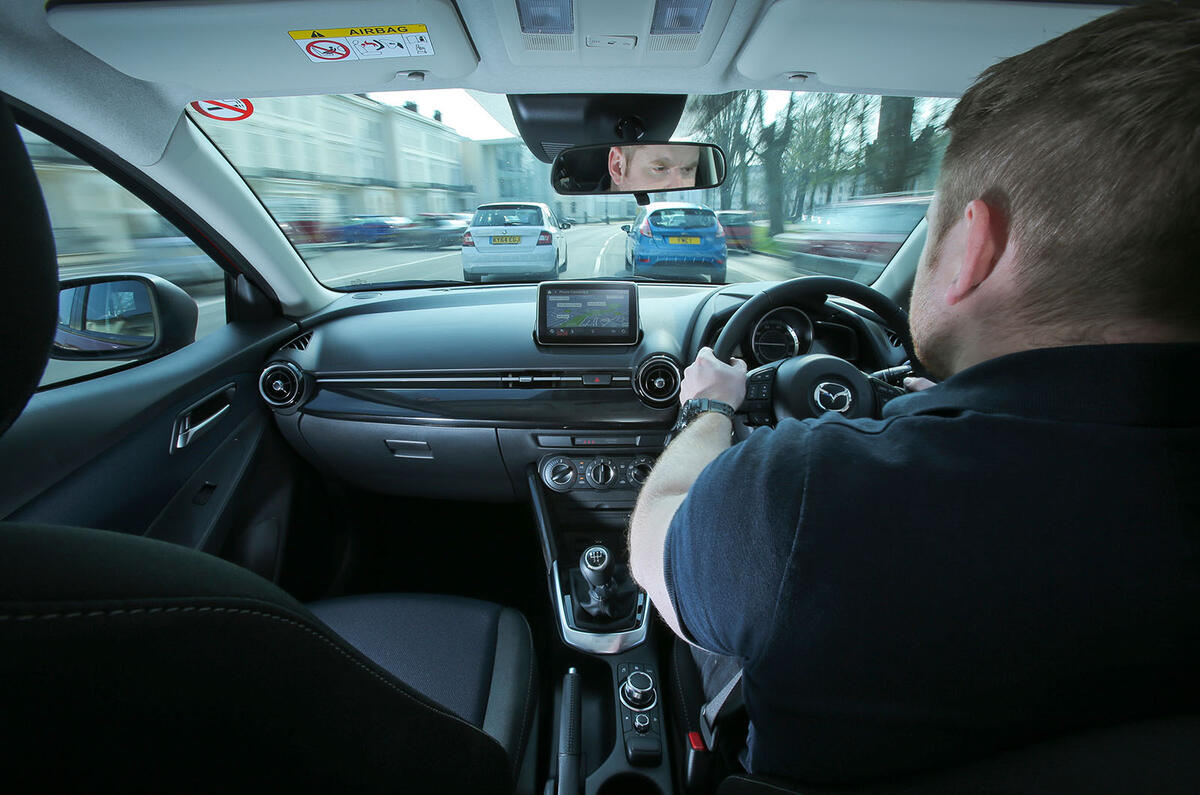
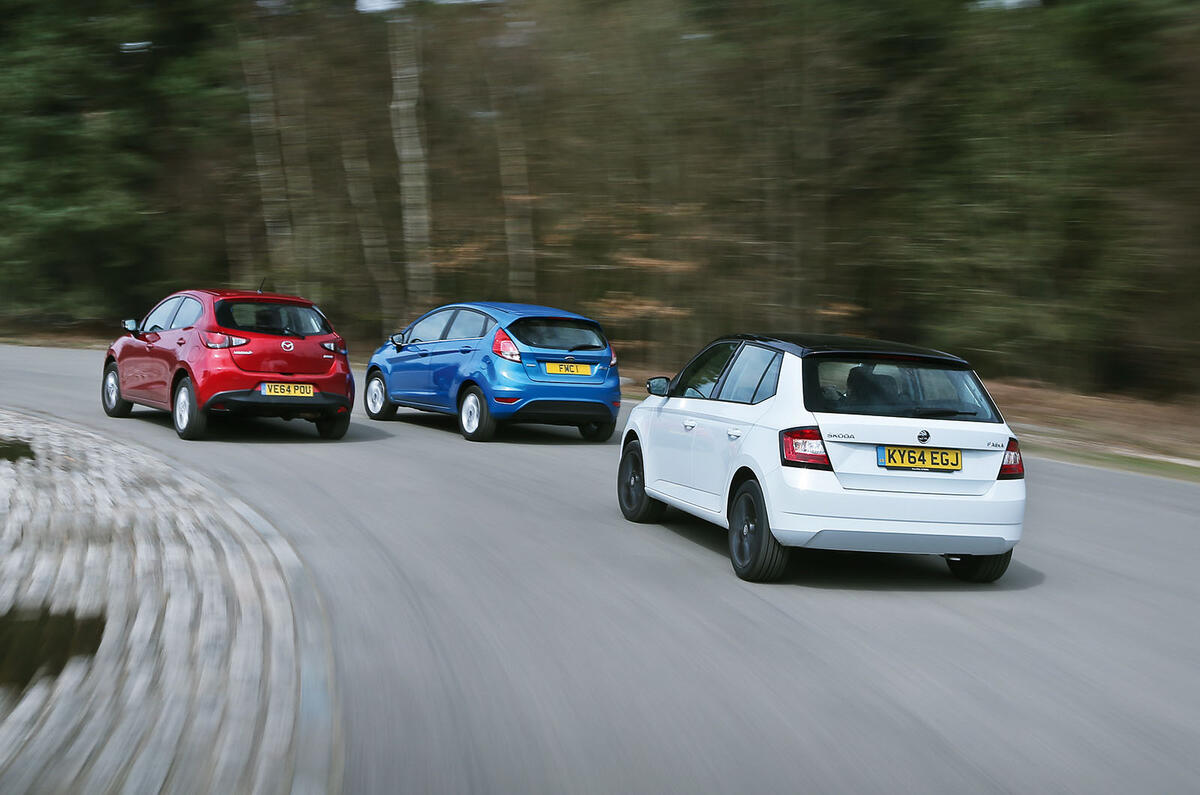
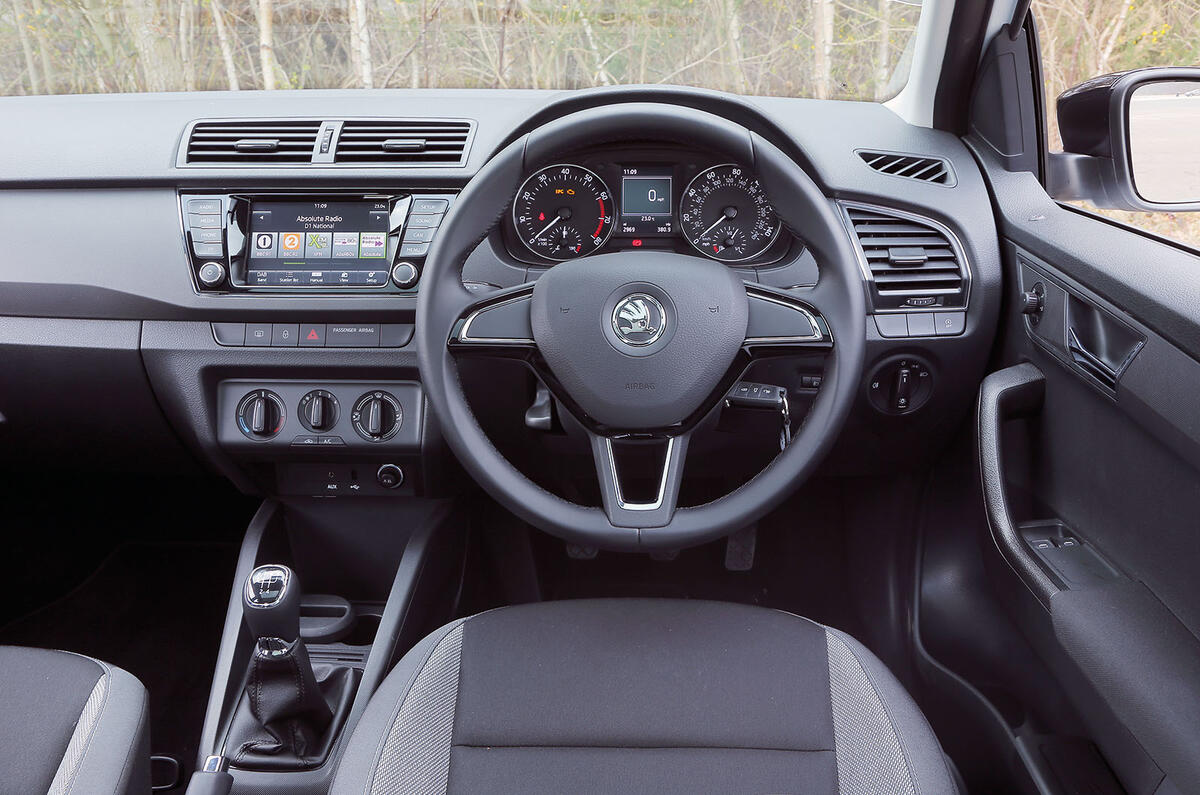
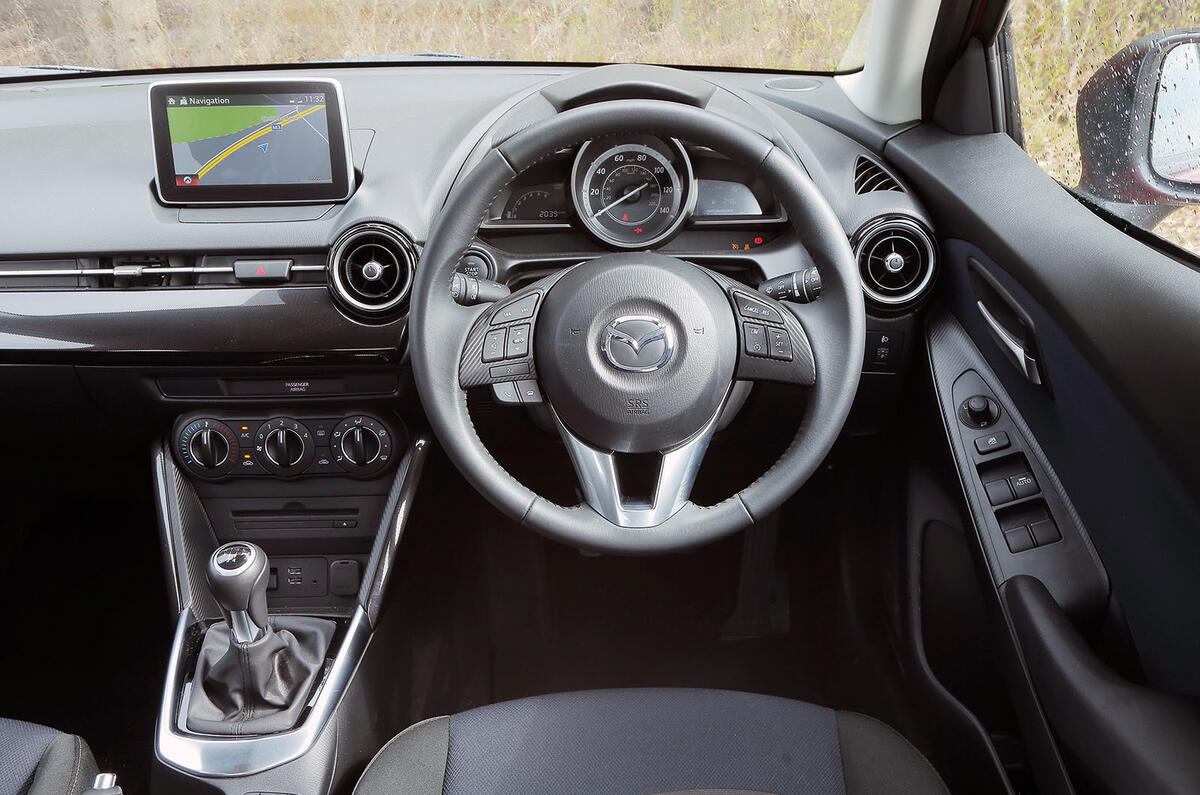
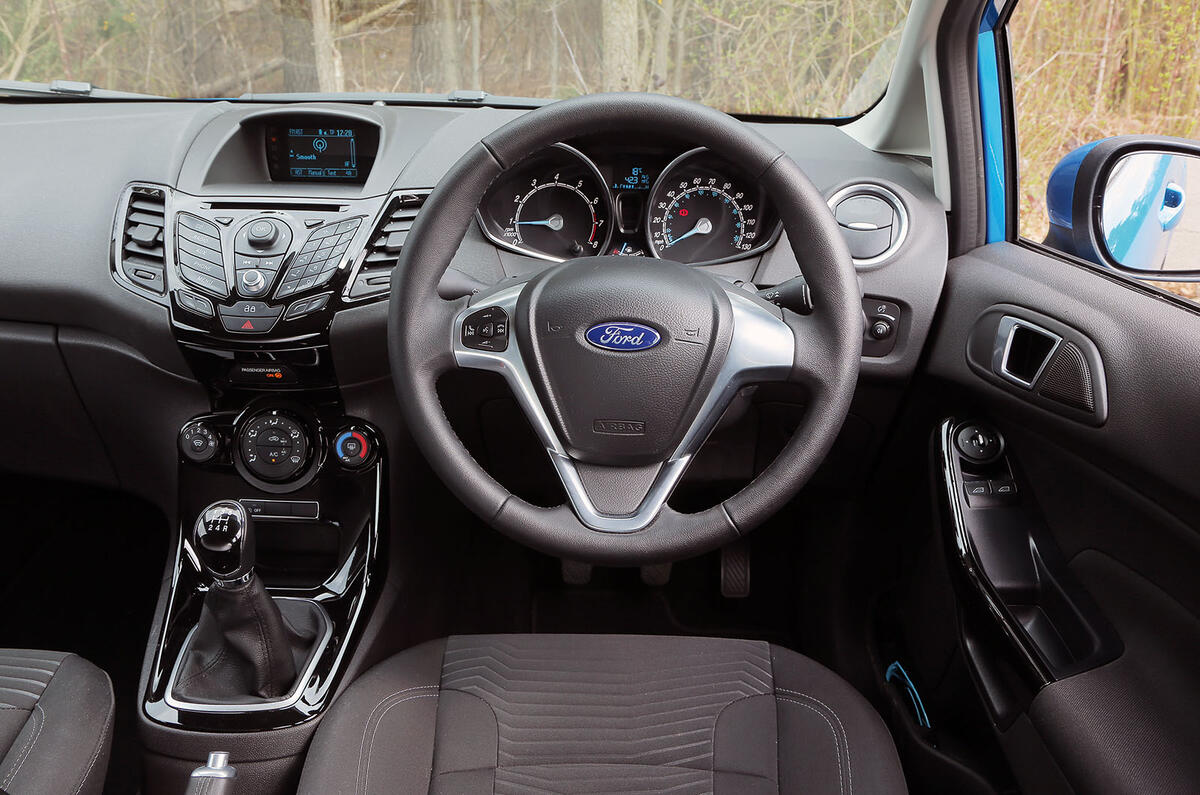
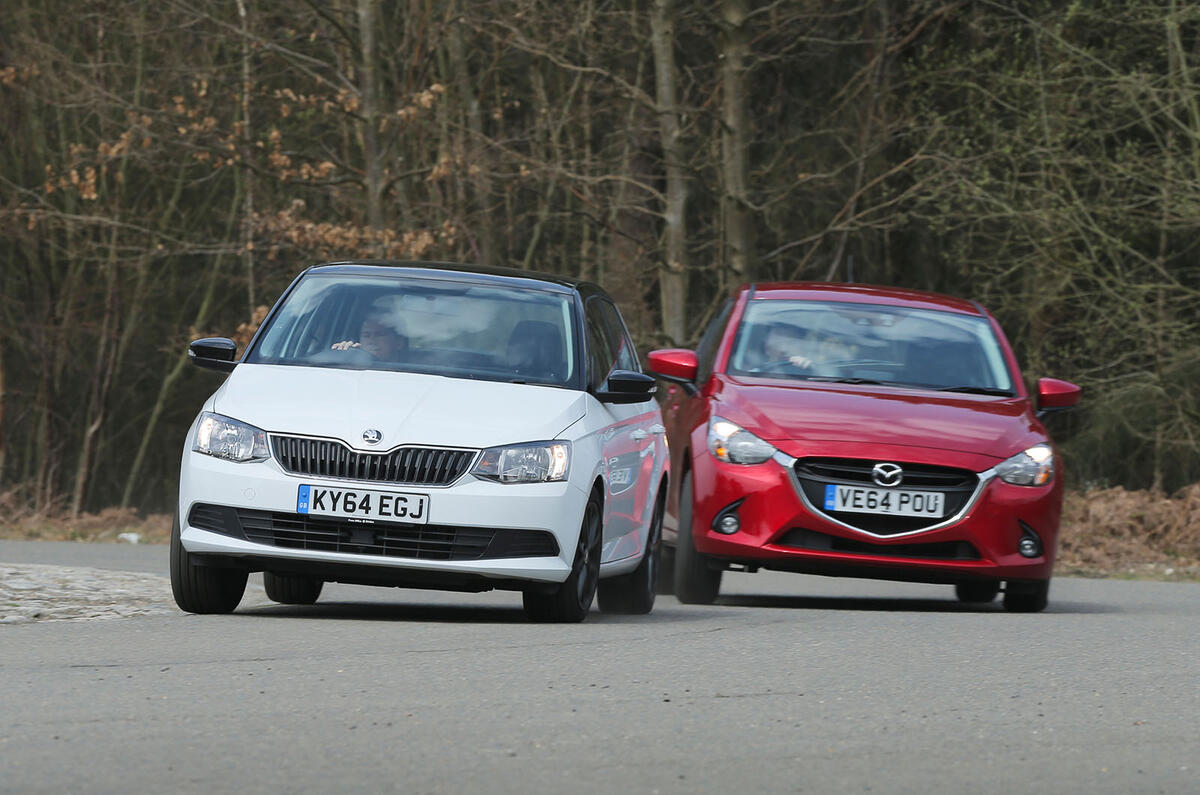

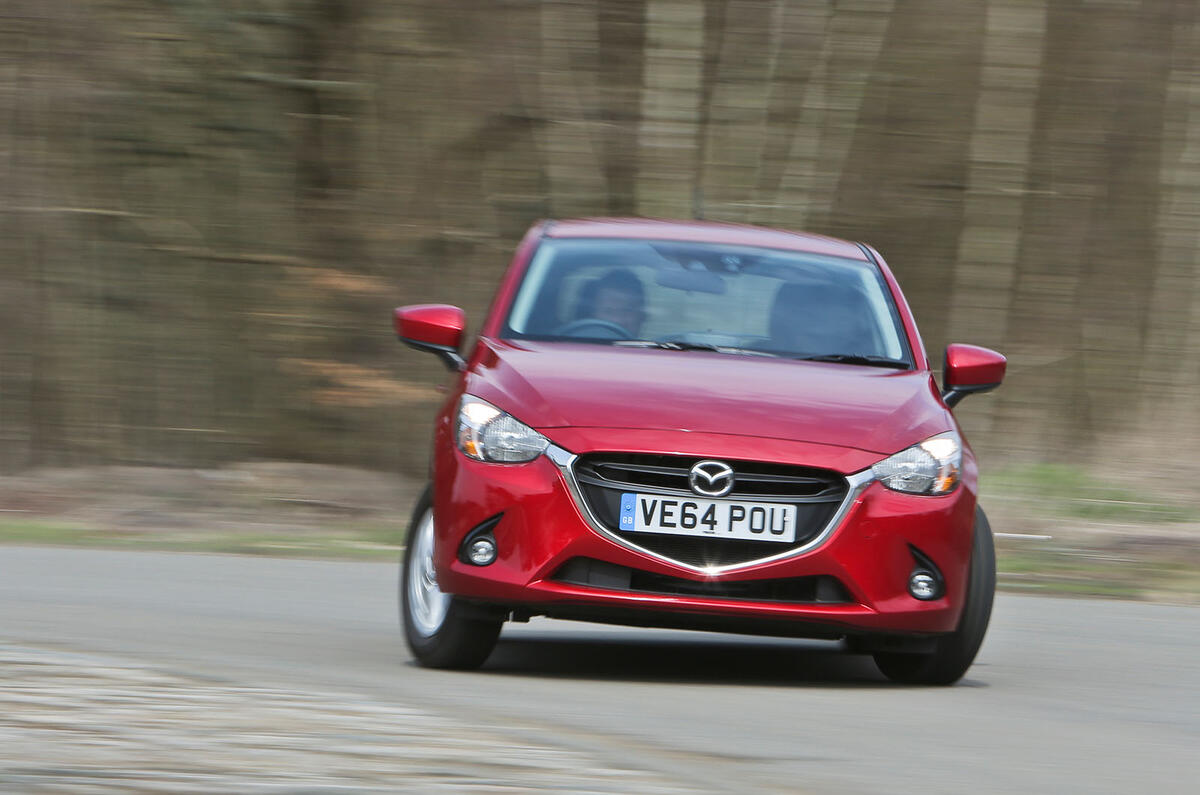


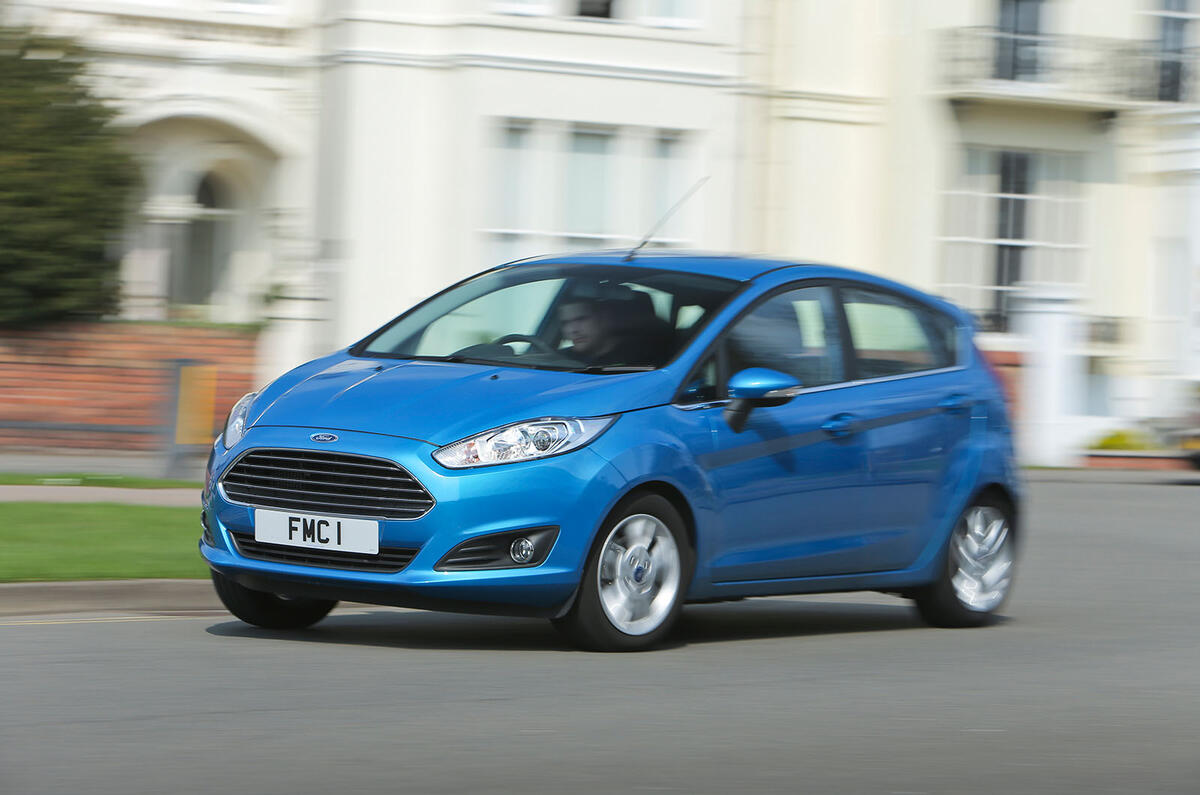

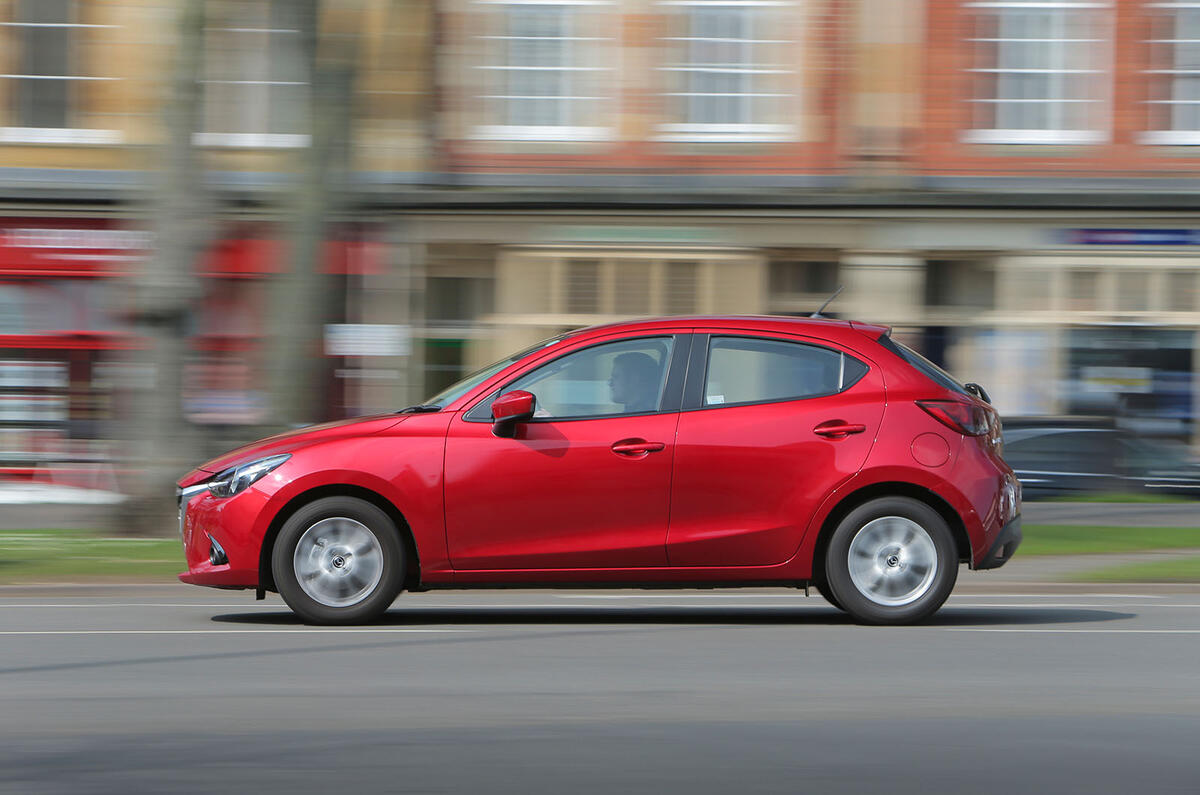
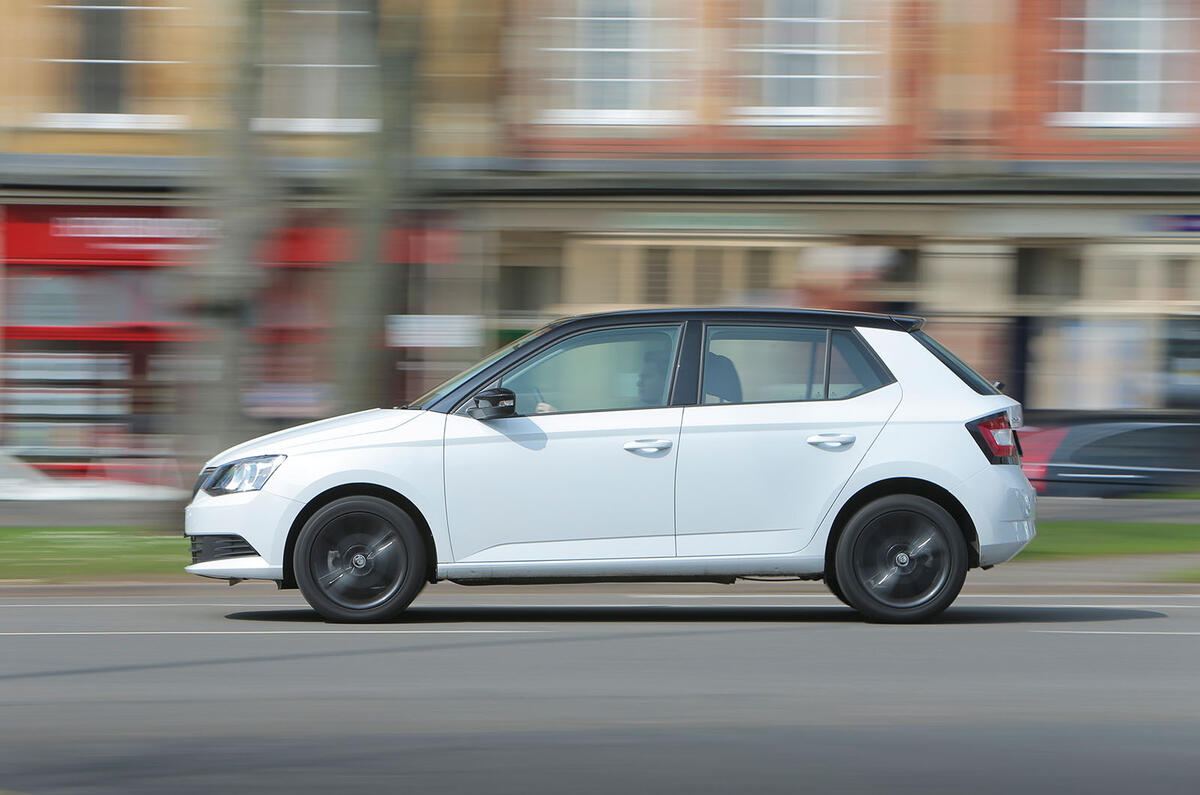
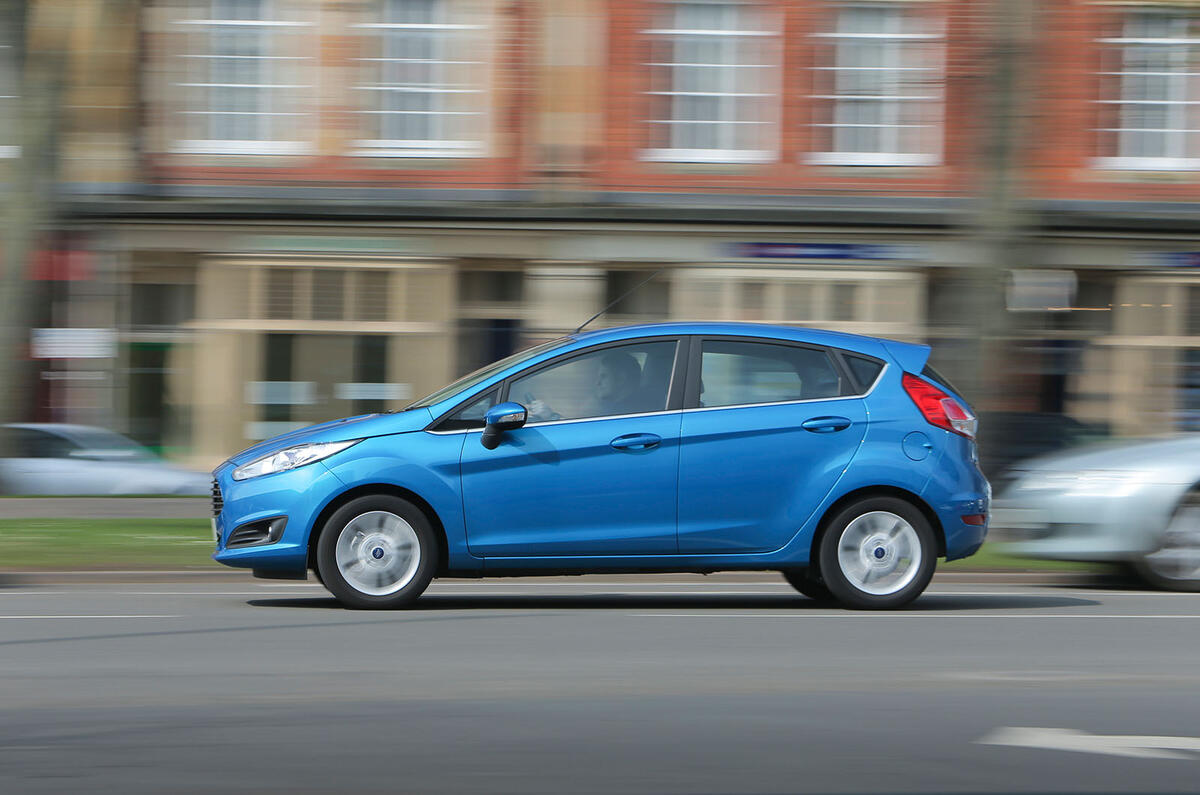
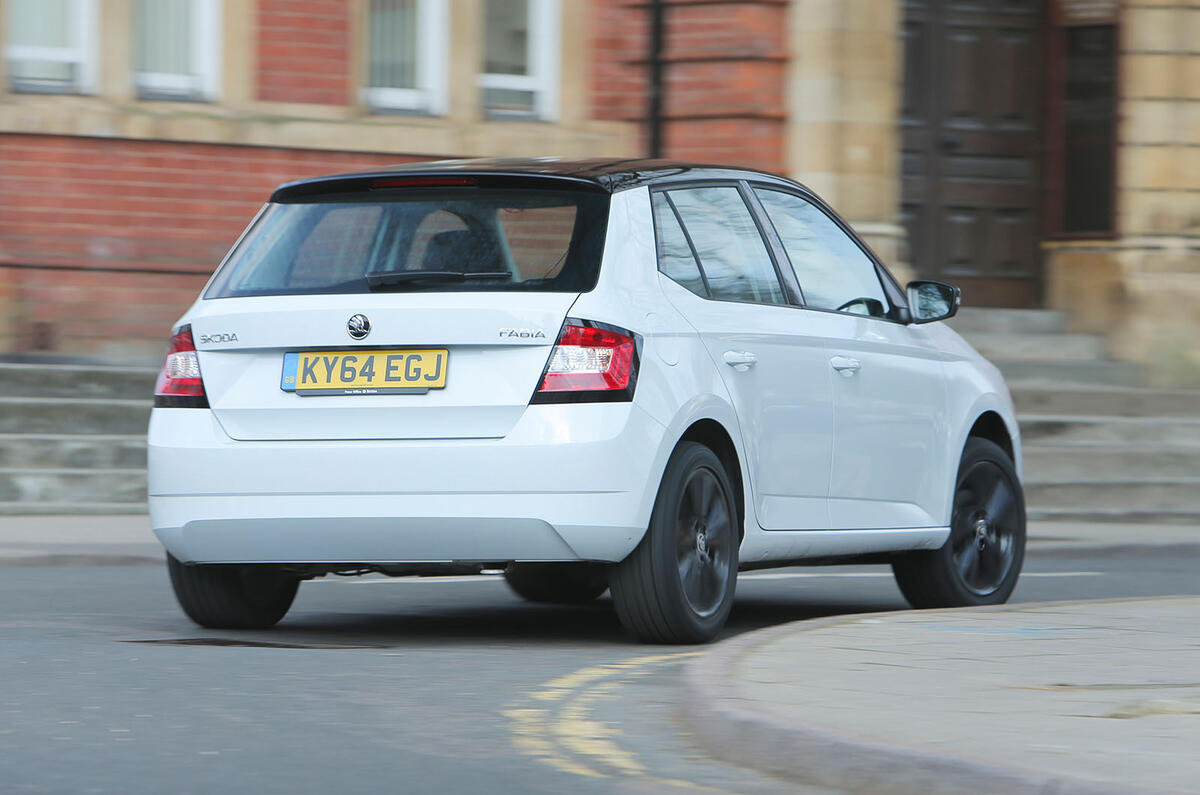
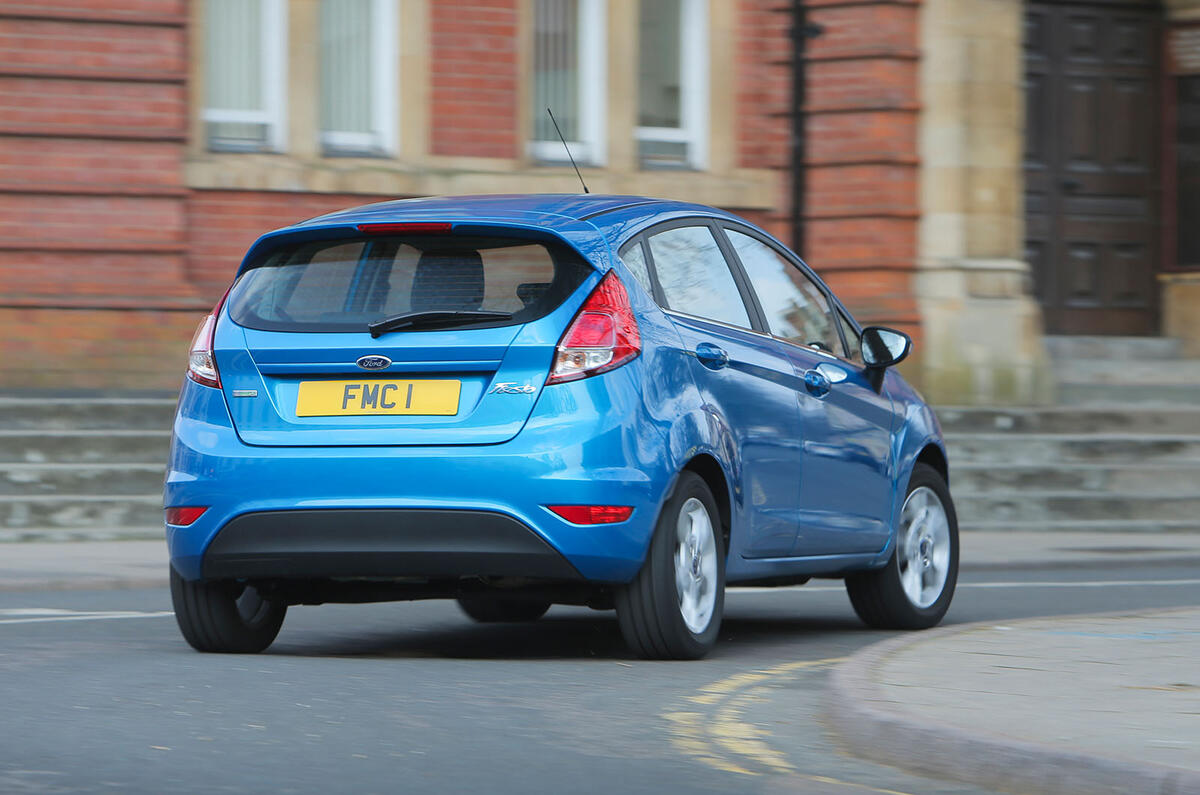
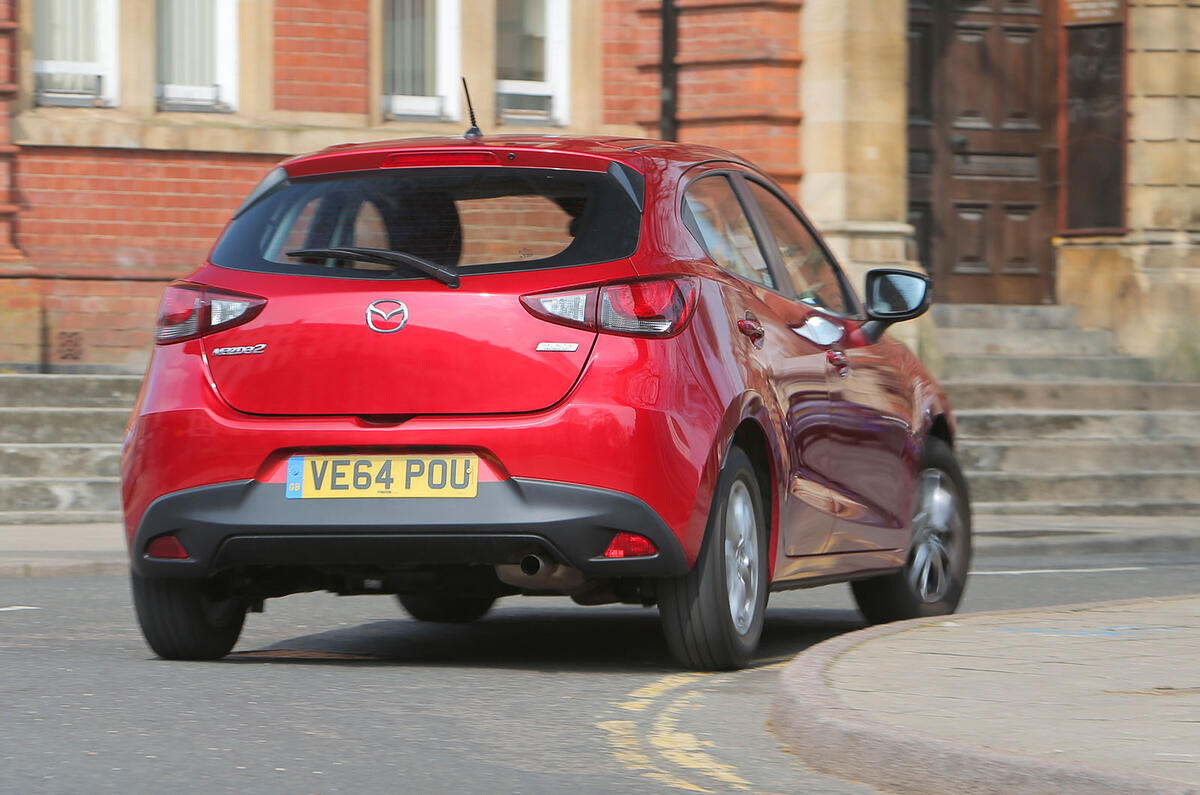
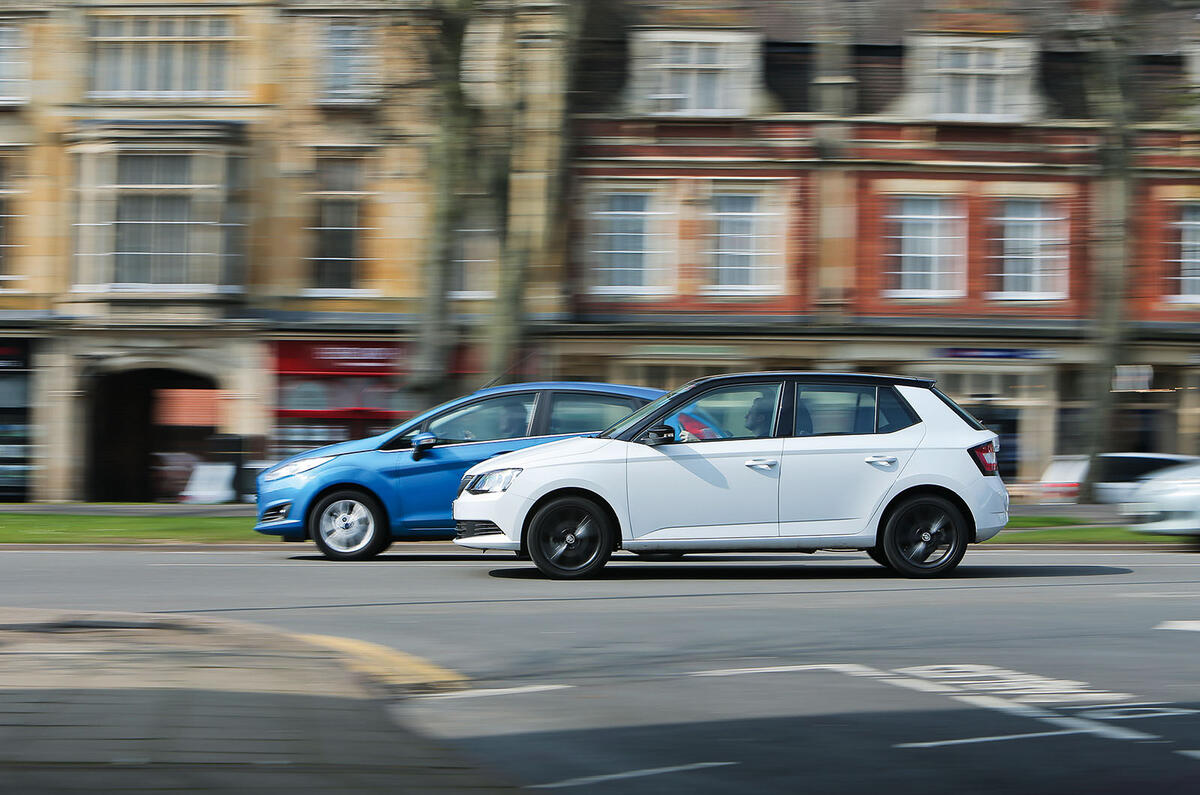
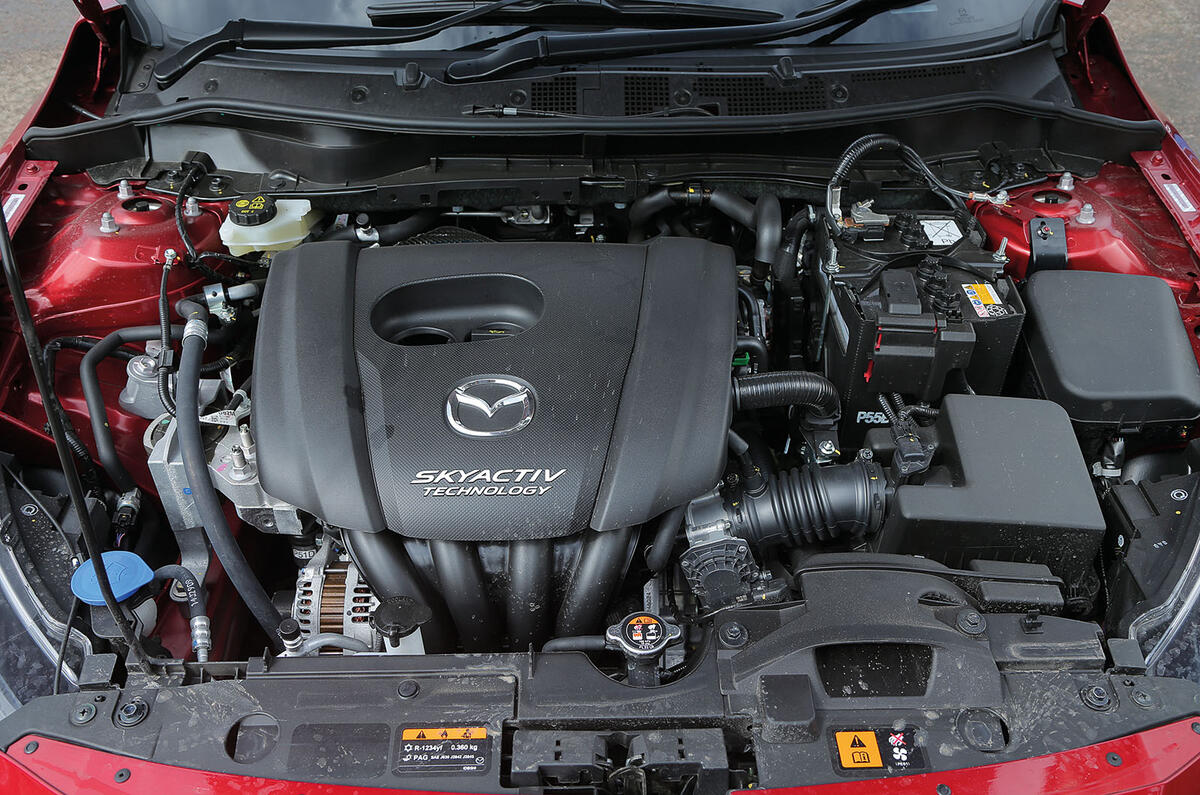
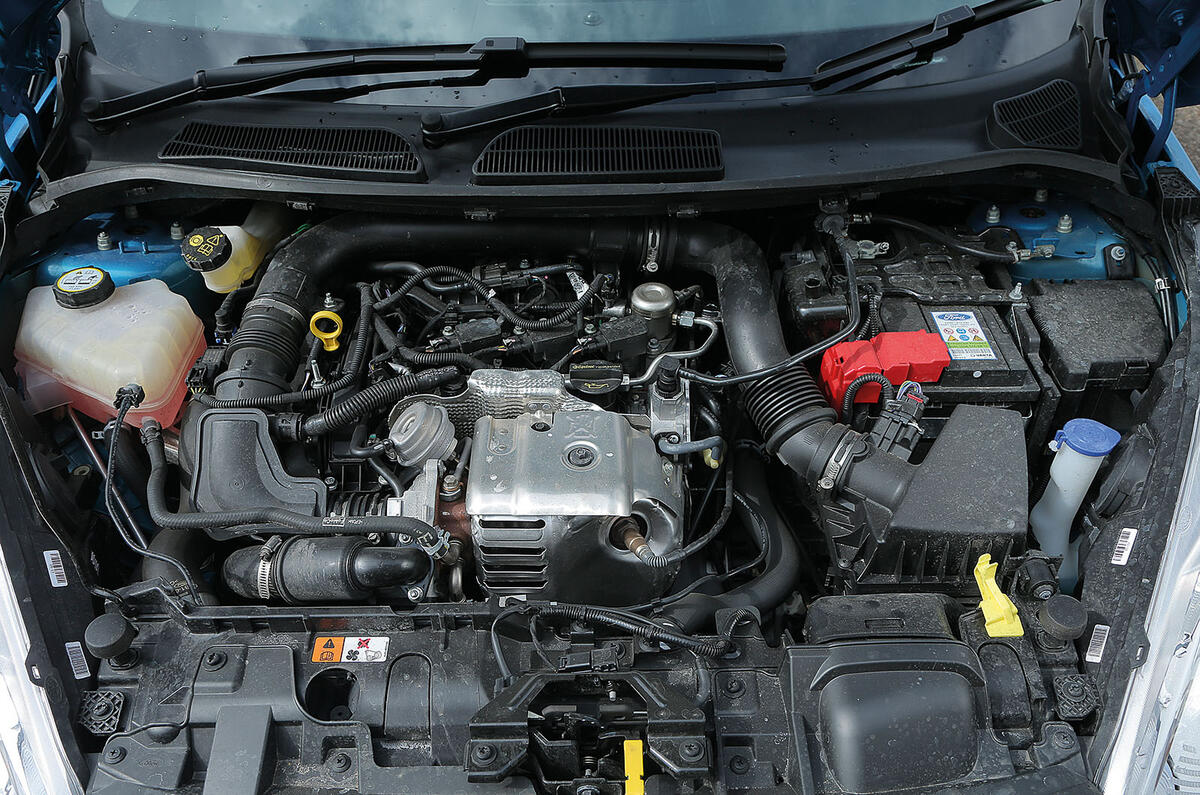
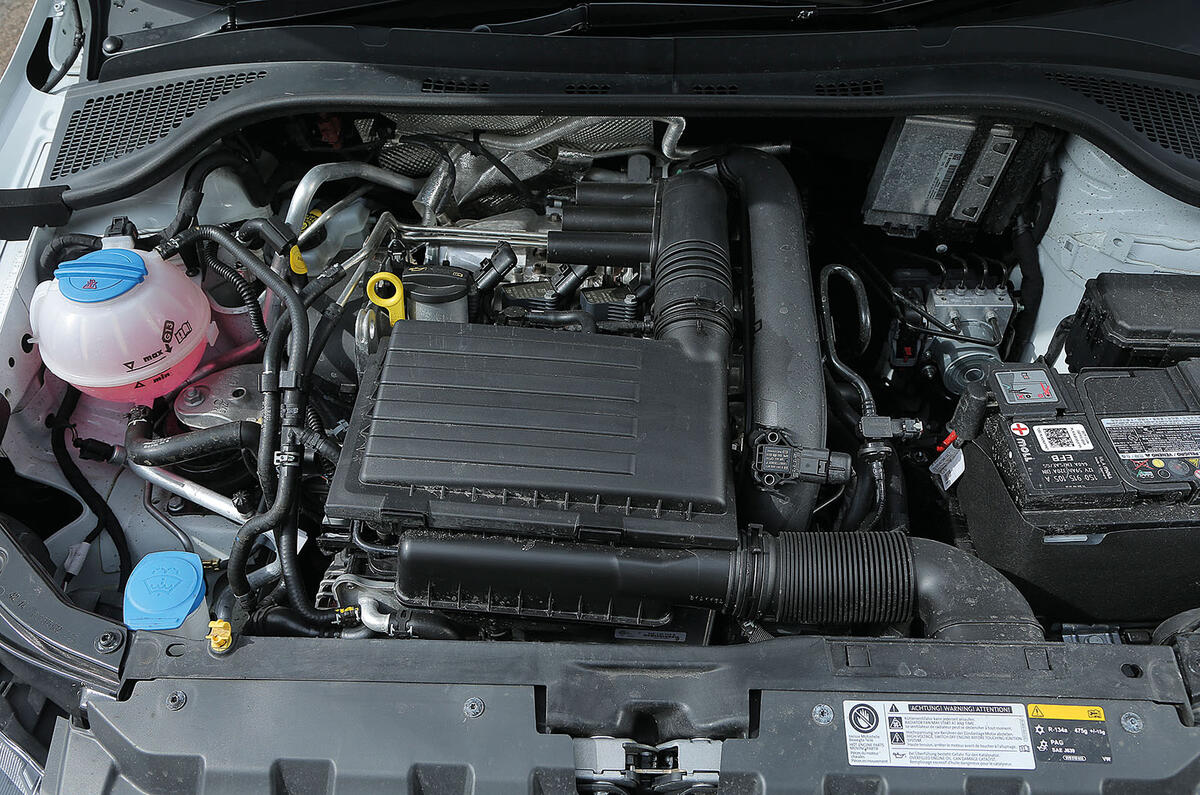
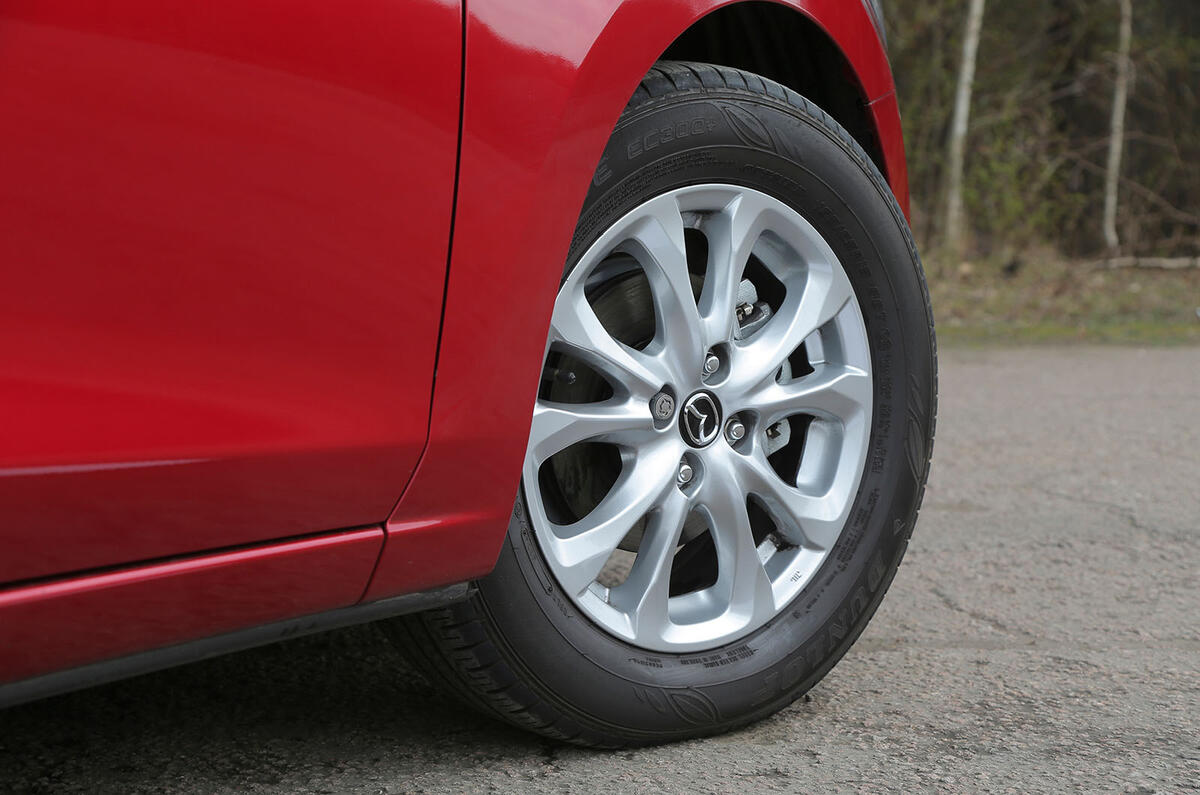

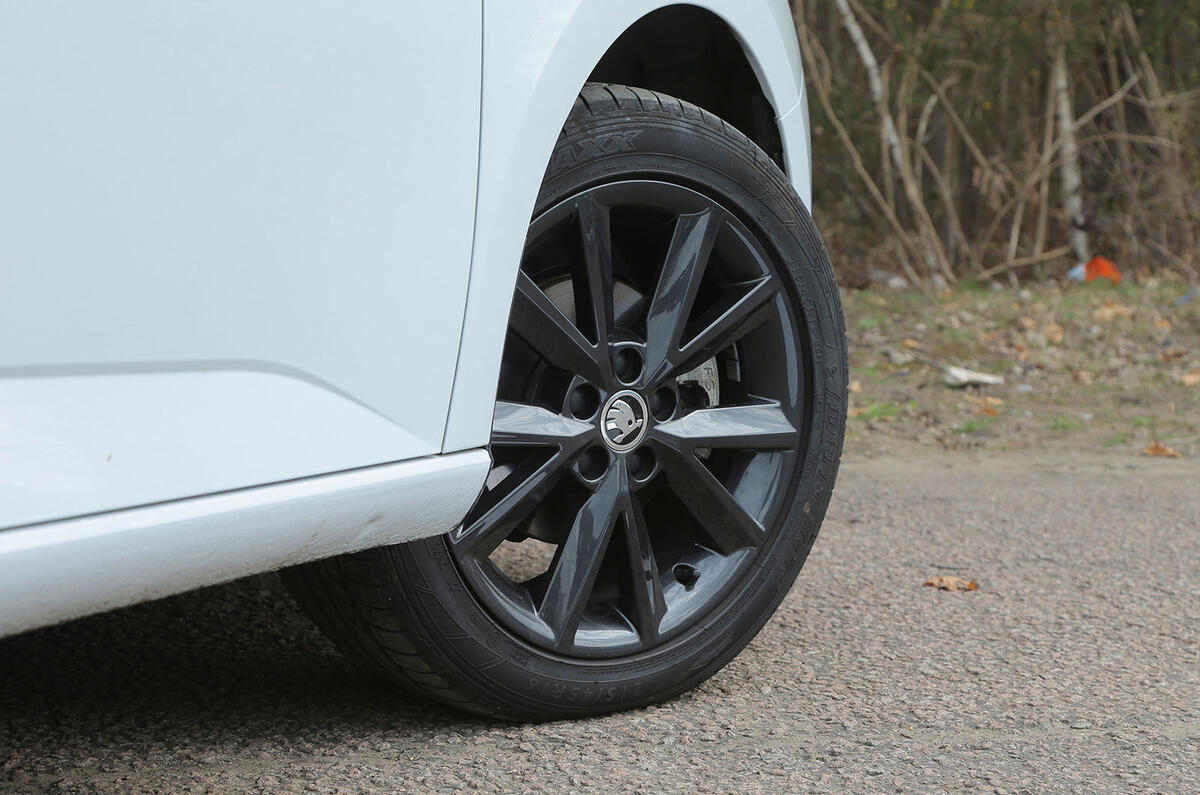


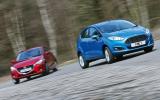



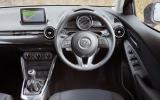
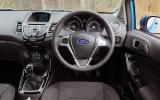

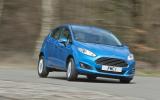



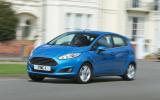

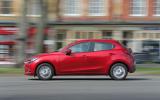



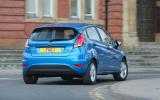





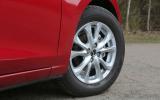

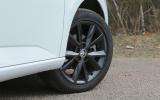


Join the debate
Add your comment
Conflicting reviews and verdicts
In particular they seem divided on issues of ride quality. The Telegraph thinks the Fiesta's ride too hard and not a patch on the Fabia. Is Autocar wrong on this? Somebody is. Or nobody is. Carbuyer thinks the Fabia's interior too low rent. Others think it's the bee's knees. You're not reading expert reviews, just a bunch of disparate opinions.
And the kind of handling tests they get put to are irrelevant for 99% of motorists who wouldn't recognize oversteer if it bit them on the backside, not that it ever would in a lifetime of normal motoring.
Try them for yourselves folks. That's the only way to know.
What's he saying?
Question mark..
Although I no longer owned a Ford I think they are very good compared to the competition, but most reviews are tinged with a hint of premeditated bias.
I have driven most of the cars tested as rentals and must say without a doubt the Fords of today are excellent cars and it is about time the reviewers take off their old and tired cliched remarks and judge a car on merit instead of perceived brand loyalty.